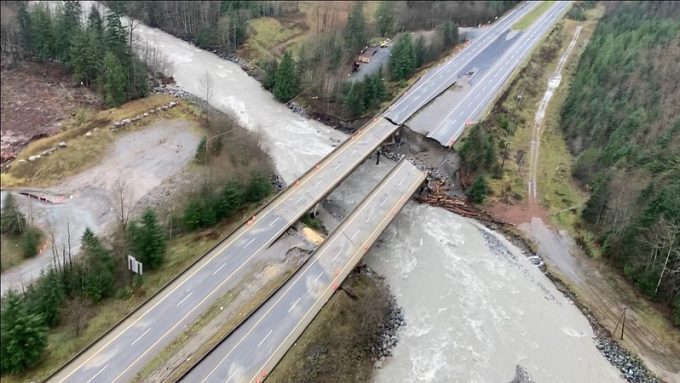Hapag chief bullish on demand growth, 'thanks to higher schedule reliability'
Hapag Lloyd expects its above-average Q1 market growth to sustain in Q2, CEO Rolf Habben ...

UPDATED 22 NOVEMBER TO NOTE THAT VANCOUVER HAS NOT BEEN EVACUATED.
The Canadian military has deployed transport planes, helicopters and several hundred troops to assist in Vancouver where, since Monday, flooding and mudslides have left much of the city cut off by both road and rail.
On ...
Predatory rivals circle as the ripples from DSV's Schenker buy widen
Latest Israeli attack on Iran a threat to box ships in Straits of Hormuz
DHL Express facilities in Canada forced to shut down by strike
Industry concerns rise after yet another box ship on fire off Indian coast
New Middle East conflict brings airspace closures, flight chaos and oil price worry
More legal trouble in India for MSC: feeder vessel detained after box ship disasters
Return of downward pressure on container spot freight rates
BYD launches logistics subsidiary – and eyes ports and shipping sectors

Comment on this article
Michael Brown
November 19, 2021 at 4:41 pmLets get this straight…VANCOUVER IS NOT BEING EVACUATED!!!!!
Communities 50 miles to the west of Vancouver are seeing some evacuations, and access to some areas remain closed. The major highways that connect Vancouver to the rest of BC are for the most part closed, but there is access via the USA.